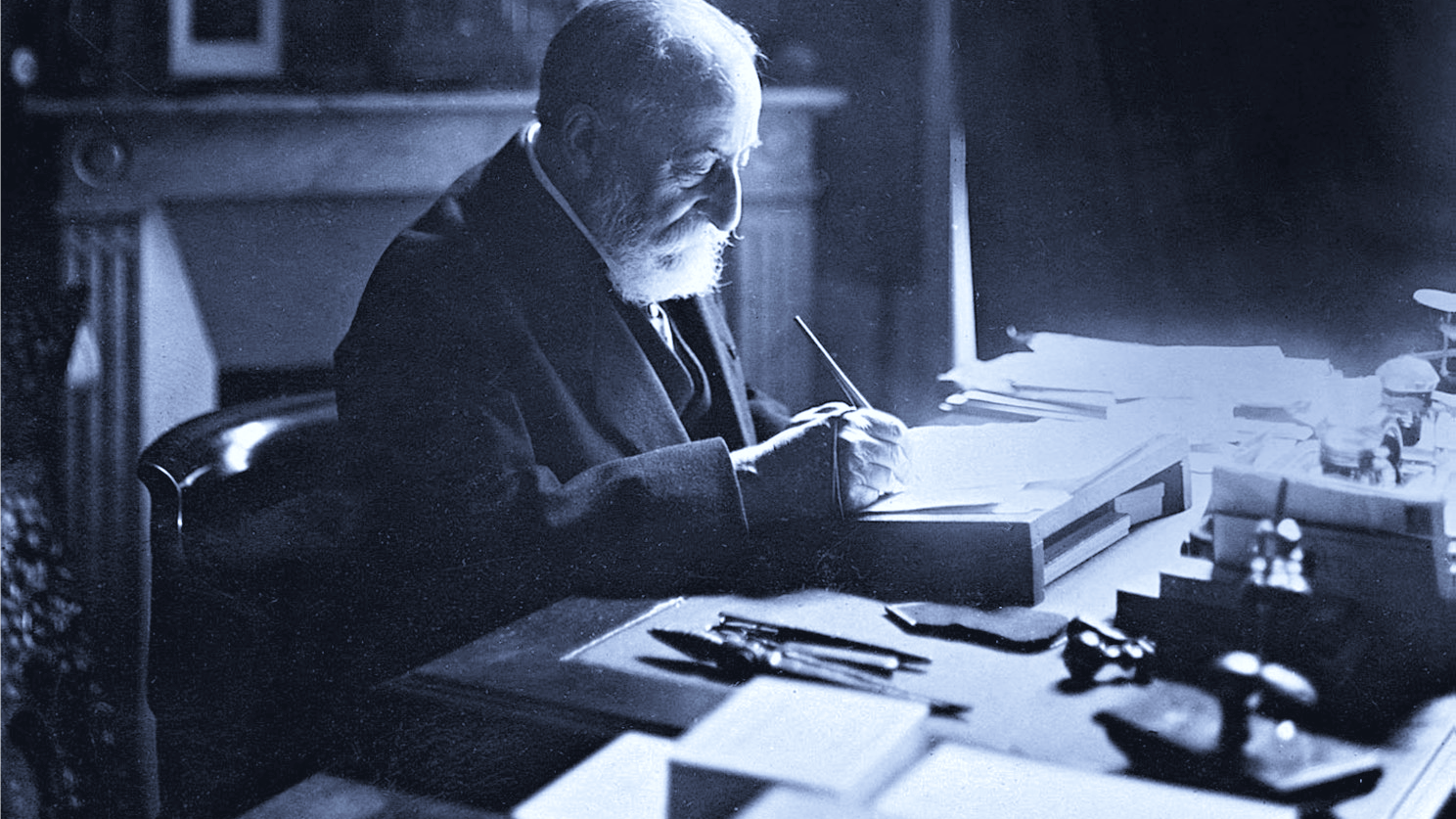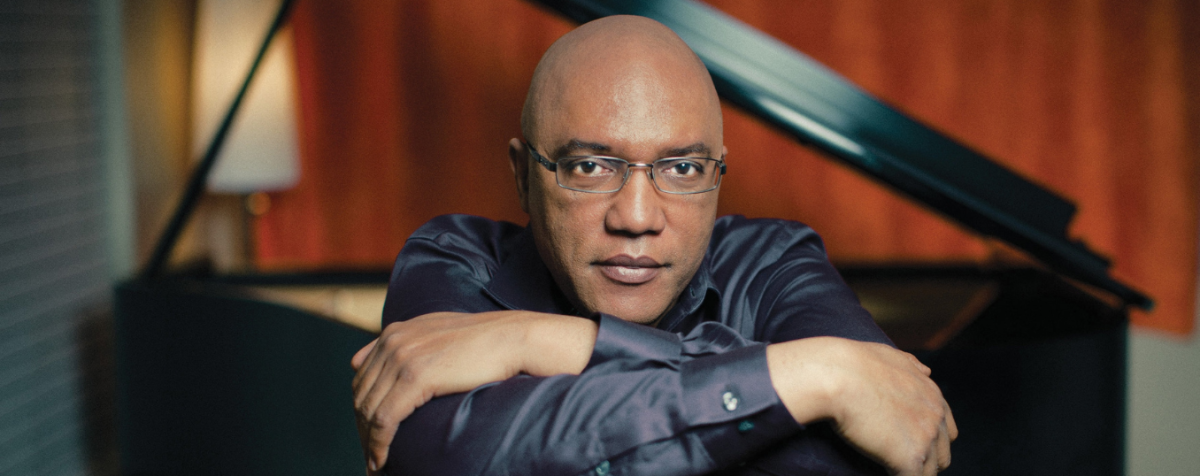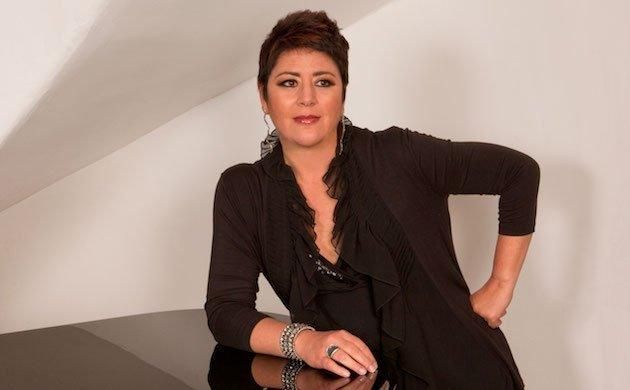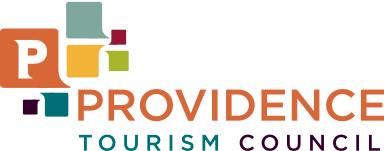Learn the story behind Holst’s ‘The Planets’, Tovey’s ‘Urban Runway’ and Barber’s Violin Concerto, Oct. 18-19
Share
Grammy winning violinist James Ehnes
makes his RI debut
Performs Barber’s Violin Concerto
The TACO Classical Concert is on Saturday, Oct. 19, 8 p.m.
The Amica Rush Hour Concert is on Friday, Oct. 18, 6:30 p.m.
Urban Runway
BRAMWELL TOVEY (1953– )
Bramwell Tovey is the new Artistic Advisor and Conductor of the Rhode Island Philharmonic Orchestra and Music School. Tovey is also a very popular self-taught composer. Among his most successful works is the Requiem for a Charred Skull for large chorus and brass band. It has been widely performed in Canada. The recording of this work won a 2003 Juno Award for Best Classical Composition. In 2006, Tovey was made Fellow of the Royal Academy of Music (London, England).
Urban Runway (2008) bases its title on the “fashion shows” that may be seen on the sidewalks of Fifth Avenue (New York) and Rodeo Drive (Los Angeles). The idea is that the clothing that customers buy and wear influences how they walk and exhibit unique idiosyncrasies. (Urban Runway is also the name of an actual fashion show in Florence, South Carolina.) About Urban Runway, composer-conductor Tovey commented to the press, “I guess you would call it a very funky piece,” and “The whole thing is really a romp. It’s rather like music composed with one eyebrow raised.” In his own note on the music, Tovey writes:
Urban Runway is a co-commission of the New York and Los Angeles philharmonic orchestras. The concept for Urban Runway grew out of an amusing conversation with friends concerning the colorful idiosyncrasies of those who offer their patronage to the fashion houses on Fifth Avenue in New York or Rodeo Drive in Los Angeles. New clothes, even those unseen inside designer shopping bags, appear to influence the gait of shoppers as they strut along the sidewalk. With a little imagination the listener might care to speculate on the characters depicted in the music.
Based upon a simple ostinato figure housed in a cakewalk rhythm, the score is laced with jazz and minimalist flavors. A flugelhorn and marimba introduce distinctive elements, and perhaps characteristically, the violas take a moment to remind us of the benefits of the ‘pre-owned’ grunge look….
Violin Concerto, Op. 14
SAMUEL BARBER (1910–1981)
In the years following his graduation from the Curtis Institute, Samuel Barber spent time traveling and composing in Europe under various stipends and grants. Between 1935 and 1937 he won the Prix de Rome and two Pulitzer Travel Scholarships. Barber worked on the development of his orchestral style during his European residencies. His First Symphony, completed in Rome, was premiered by the Cleveland Orchestra in 1937. Arturo Toscanini, whom Barber had met in 1935, premiered both his First Essay for orchestra and the now-famous Adagio for Strings on a program three years later.
The Violin Concerto also originated in Europe. In the summer of 1939, Barber began work on it in a small Swiss village. Before the end of summer he moved to Paris, where he hoped to finish the work. However, Americans were soon warned to leave the French capital because of the threat of war, so Barber returned to the United States with only the first two movements completed.
A wealthy patron had commissioned this concerto for a young virtuoso. When the violinist reviewed the two complete movements, he reportedly declared them to be too simple. Barber promised to give him a more challenging, virtuosic finale. Before that movement was completed, however, a controversy arose between the violinist and Barber concerning the music, possibly placing the commission in jeopardy. The upshot was the violinist’s dismissal from the project. The premiere was given in 1941 by Albert Spalding and the Philadelphia Orchestra.
Barber’s Violin Concerto has been termed a pivotal work in his style development. The first two movements could be called the culmination of his neo-Romantic period of the 1930s. His gift for flowing lyricism can be heard right from the first theme announced by the violin. The rhythmic second theme, introduced by the clarinet, is picked up and embellished by the violin and orchestra. In place of a big virtuosic violin solo, Barber gives the violin a vocal-style “recitative.” The second movement continues and rhapsodically amplifies the work’s Romantic lyricism and rhythmic vitality. Two themes are heard, then a contrasting middle section, then the two themes return.
The final movement represents a major turning point in Barber’s style. Here the composer’s musical vocabulary becomes much more incisive, in the manner of his post-war “Capricorn” Concerto and Medea Suite. At the opening, a perpetual-motion figure is announced by the timpani and is then taken over by the violin. True to his promise to make the finale virtuosic, most of its music is a perpetual-motion challenge for the soloist. Themes are not clear cut, but rather are wispy and fragmented. We hear some key changes, but they are fleeting. The concerto ends in a dizzy blaze of excitement.
The Planets
GUSTAV HOLST (1874–1934)
As a rule I only study things that suggest music to me. That’s why I worried at Sanskrit. Then recently the character of each planet suggested lots to me, and I have been studying astrology fairly closely.
Thus, in a letter to a friend in 1913, Gustav Holst revealed a growing interest that would lead to composing his symphonic suite The Planets (in the United States, his most popular work). However, he could not fully realize his idea immediately. Holst earned his living as a music teacher at St. Paul’s Girls’ School, and the only time he had for composing was weekends and holidays. For that reason, it took him two years to finish The Planets. Due to wartime problems, it was not until 1918 that conductor Balfour Gardiner arranged a private reading of five movements at the Queen’s Hall, using German prisoners of war to fill out the orchestra. The young Adrian Boult conducted. Biographer Imogen Holst remarks:
The two or three hundred friends and fellow musicians who had come to listen in the half-dark auditorium realized that this was no ordinary occasion: the music was unlike anything they had ever heard before.
After the war, The Planets received a proper premiere. “During the many years since it was written,” writes Imogen Holst (Gustav’s daughter), “The Planets has suffered from being quoted in snippets as background music, but in spite of all unwanted associations it has survived as a masterpiece, owing to the strength of Holst’s invention.”
When the audience of 1918 heard the clamor of the opening movement, Mars, they were sure Holst was describing World War I, then going on. However, it had been more of a prophecy, since Holst composed it before August 1914 when the war had begun. Through relentless rhythms come wave on wave of brassy, percussive presentments driving finally to a dissonant finish marked fortississimo (ffff).
Venus opens in a mood of placid coolness. Though composed in an age of silent movies, Holst’s theme for solo violin anticipates the lush film scores of the late 1930s. Gently rocking repetitions quietly close the movement.
One of the suite’s scherzos is Mercury, whose fleet juxtaposition of unusual chord outlines whisks the music along. Shifting accents and mixed rhythms add extra vivacity.
The most memorable melodies of The Planets come in the Jupiter movement. After the spirited introduction, follows a theme that is the quintessence of English jollity. Close on its heels comes a noble hymn (which Holst later set to words) that gathers amazing strength. Later, a quick-march tune appears before an apotheosis of previous themes.
Saturn was Holst’s personal favorite. Of the first performance, Imogen Holst wrote that “the middle-aged listeners in the audience felt they were growing older and older as the slow, relentless tread came nearer and nearer.”
The suite’s second scherzo is Uranus. Though dubbed by Holst as “The Magician,” Uranus is more of a noisy prankster. Unexpectedly soft passages near the end sound truly magical.
Ralph Vaughan Williams wrote of the post-impressionistic finale, “The strange chords in Neptune make our ‘moderns’ sound like milk and water. Yet these chords never seem ‘wrong,’ nor are they incongruous. . . .” Neptune employs a wordless female chorus offstage. At the suite’s ending, two repeated chords gradually fade until no longer audible.
At a Glance
The Planets
TACO Classical Concert
Saturday, Oct. 19, 8 p.m.
The VETS, One Avenue of the Arts
Bramwell Tovey, Artistic Advisor
James Ehnes, violin
Women of the Providence Singers, Christine Noel, Artistic Director
TOVEY: Urban Runway
BARBER: Violin Concerto
HOLST: The Planets
The Planets
Amica Rush Hour concert
Friday, October 18, 6:30 p.m.
The VETS, One Avenue of the Arts
Bramwell Tovey, Artistic Advisor
Women of the Providence Singers, Christine Noel, Artistic Director
TOVEY: Urban Runway
HOLST: The Planets
BUY TICKETS
Tickets start at $15 (including all fees), and can be purchased online at tickets.riphil.org, in person from the RI Philharmonic Orchestra Box Office in East Providence, or by phone 401.248.7000 (Mon.-Fri. 9 a.m.-4:30 p.m.). On day of concerts only, tickets are also available at The VETS Box Office (Friday, 3:30 p.m.–showtime; Saturday, 4 p.m.-showtime). Discounts are available for groups of 10 or more. Questions can be emailed to boxoffice@riphil.org.
